This Ransomes, Sims & Jefferies portable steam engine was used on a farm near Yass in New South Wales in the early 20th century, when Australia's agricultural industry was largely powered by steam.
Throughout the late 19th and early 20th centuries teams of horses and bullocks were replaced by steam engines. Thousands of engines were imported to or made in Australia for use on paddocks, roads, railways and waterways to drive machinery, carry loads and generate electricity.
Portable steam engines like this one were moved across farms to power different operations, and transported between properties by contractors to meet the changing needs of seasonal work.
Agricultural steam power
This single-cylinder 4-nominal horse power Ransomes engine consumed about 60 litres of water and 7 kilograms of coal, or 18 kilograms of wood per hour when performing at its maximum capacity.
It was sold by F Lassetter and Co, sole agents of Ransomes products in New South Wales about 1906, to AP Wade of Kenilworth station, near Yass. It powered a 10-stand sheep-shearing plant, and was probably also used on the neighbouring properties of Douro and Bowylie.
During 1917 Kenilworth ran more than 40,000 sheep, and that year set a record when six shearers removed the fleece from 2543 sheep over two days. The engine was retained at Kenilworth until the 1950s when it was acquired by the Horse Era Museum in Canberra. The Horse Era Museum was transferred to the National Museum in 1980.
Distinctive features of the Ransomes, Sims & Jefferies portable steam engine:
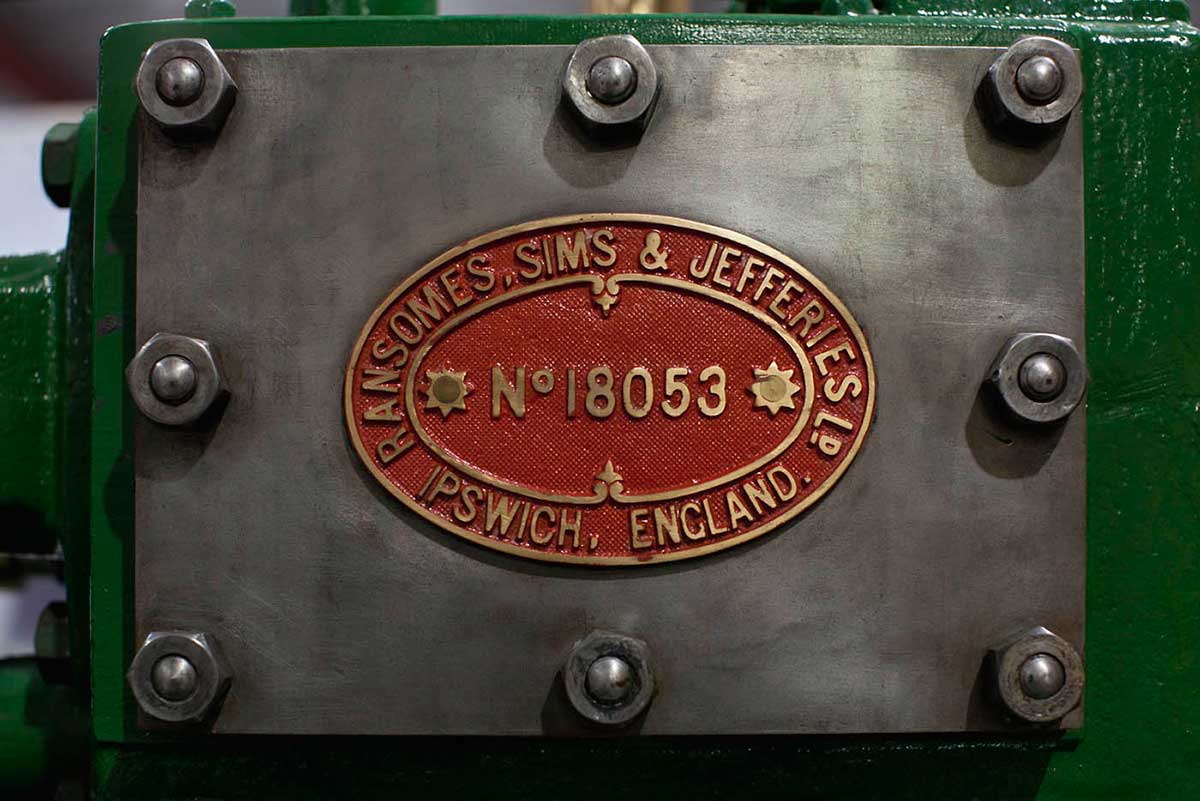
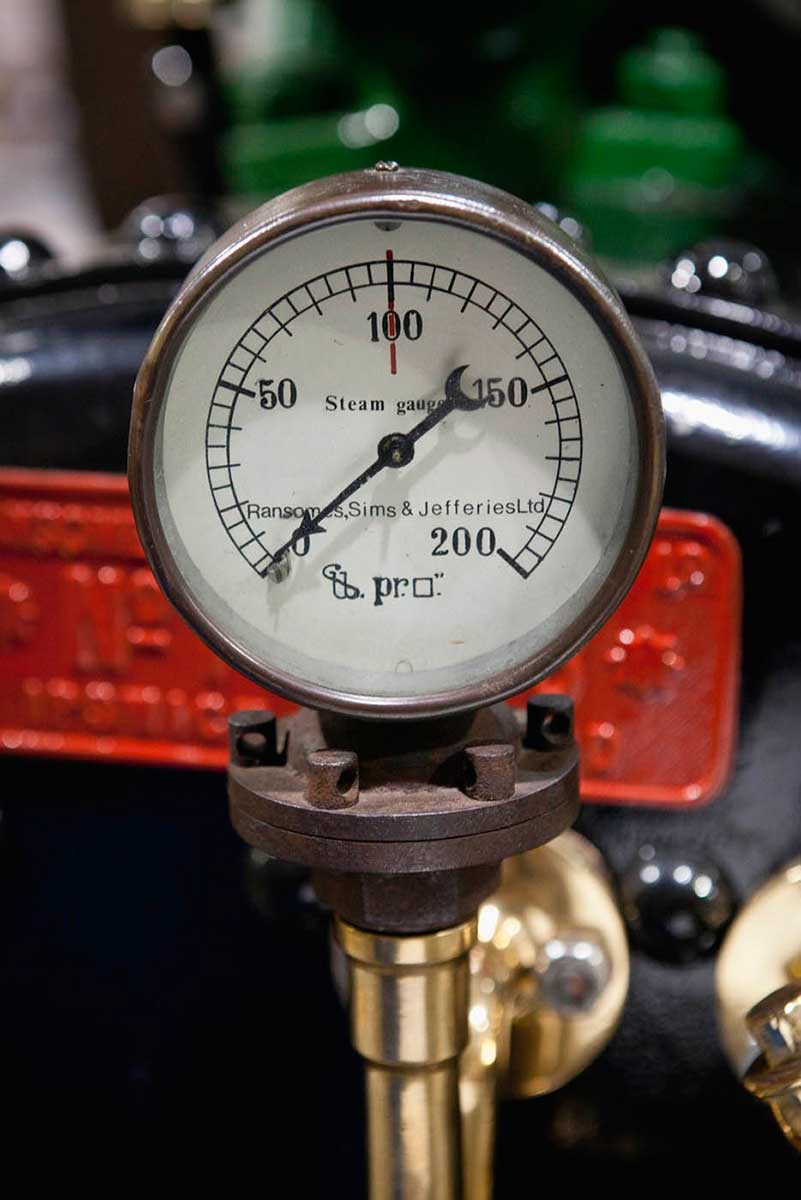
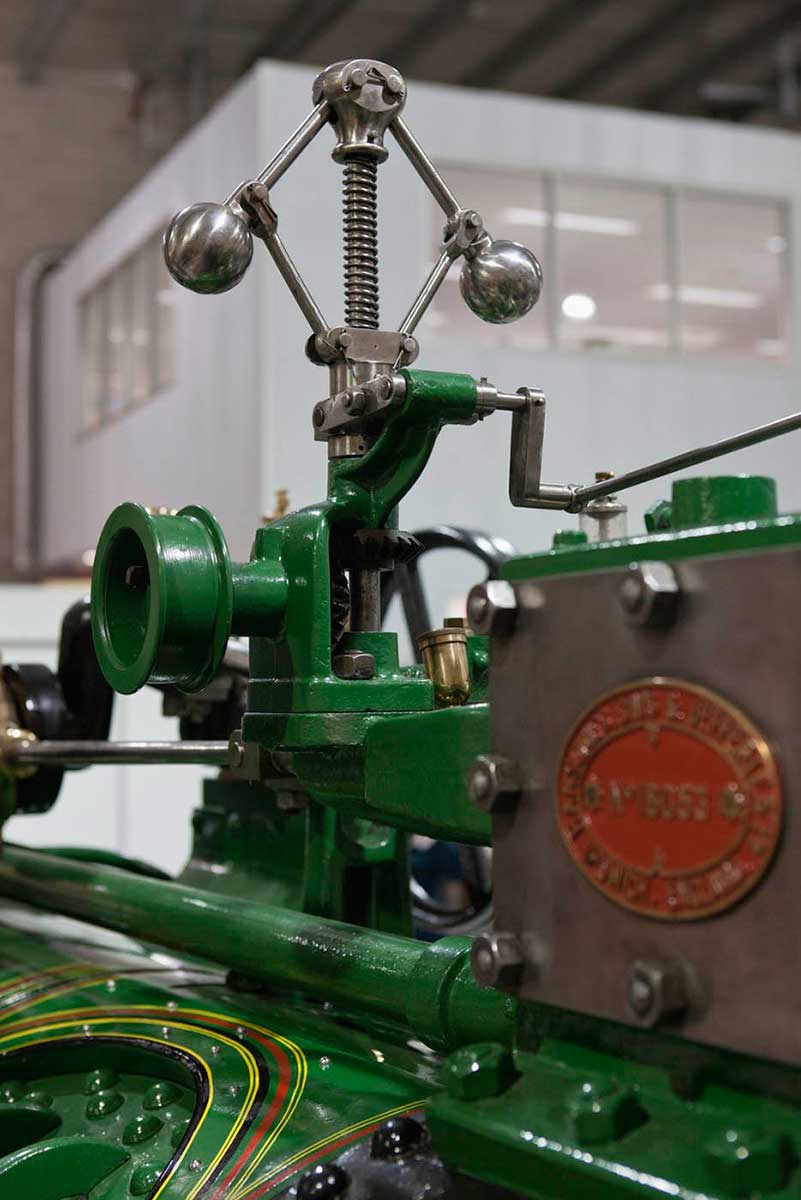
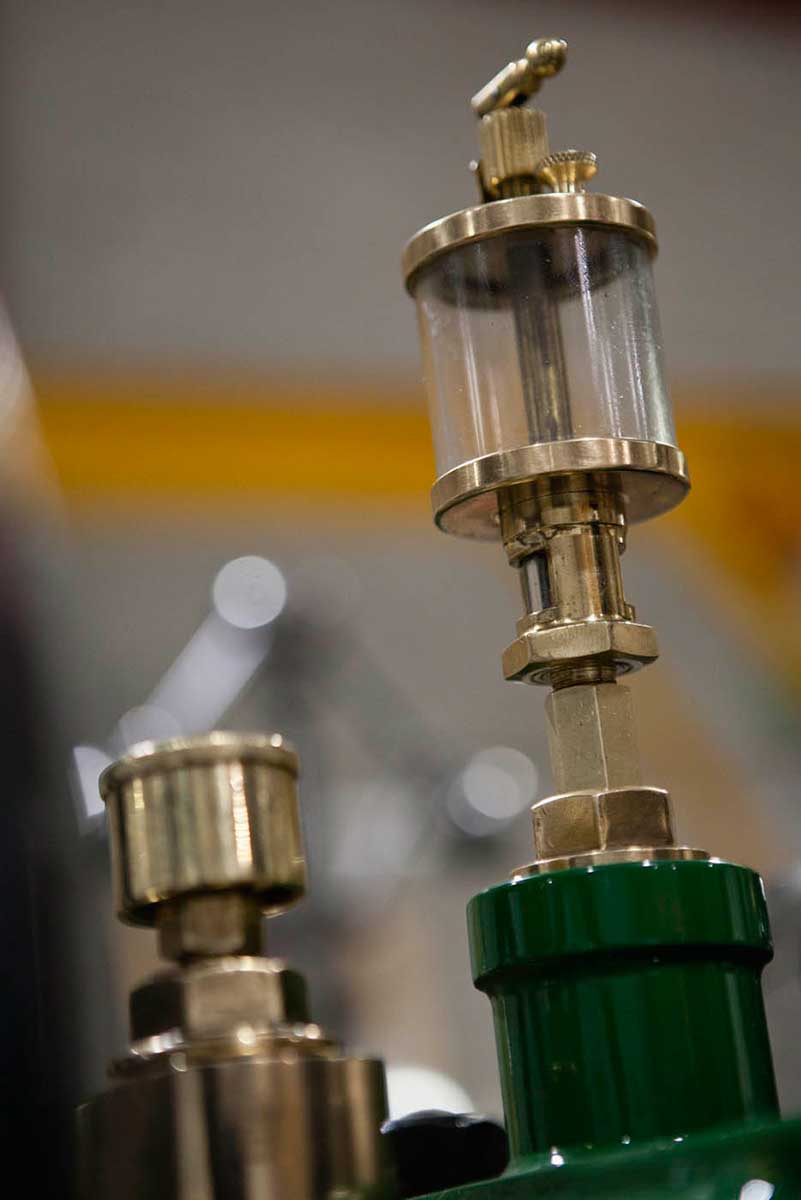
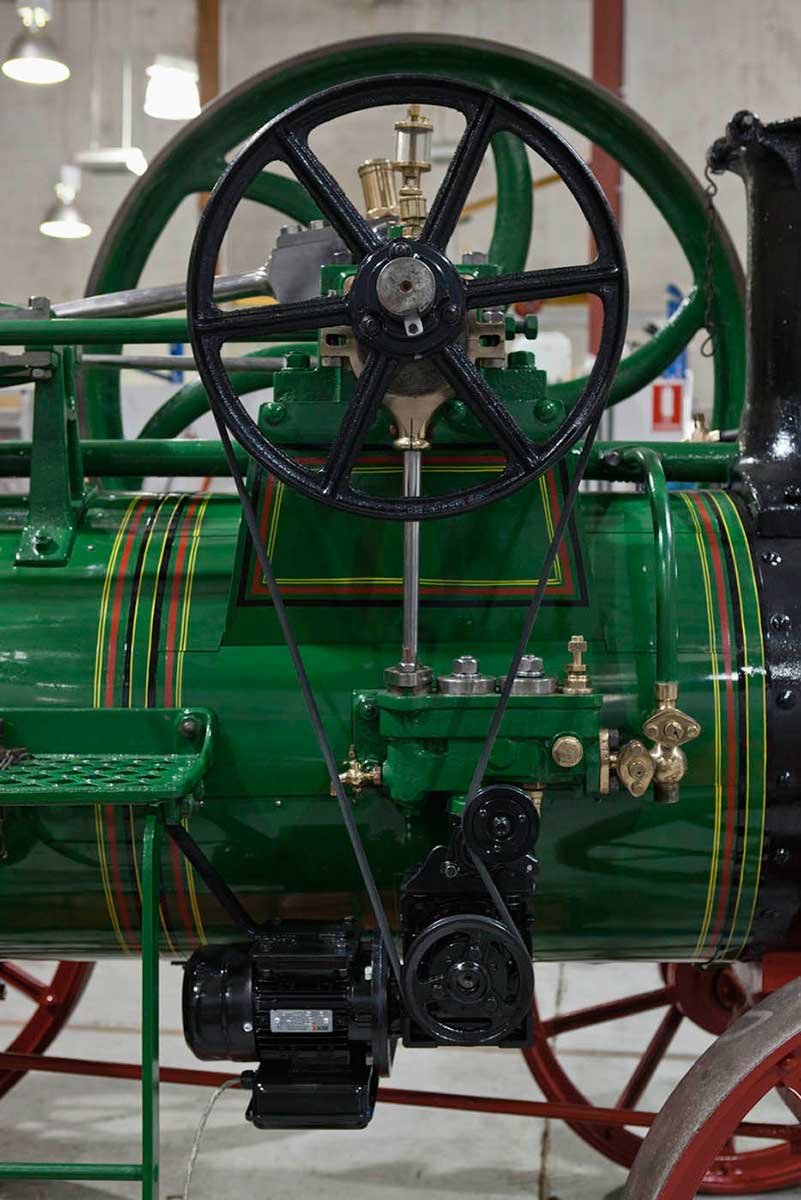
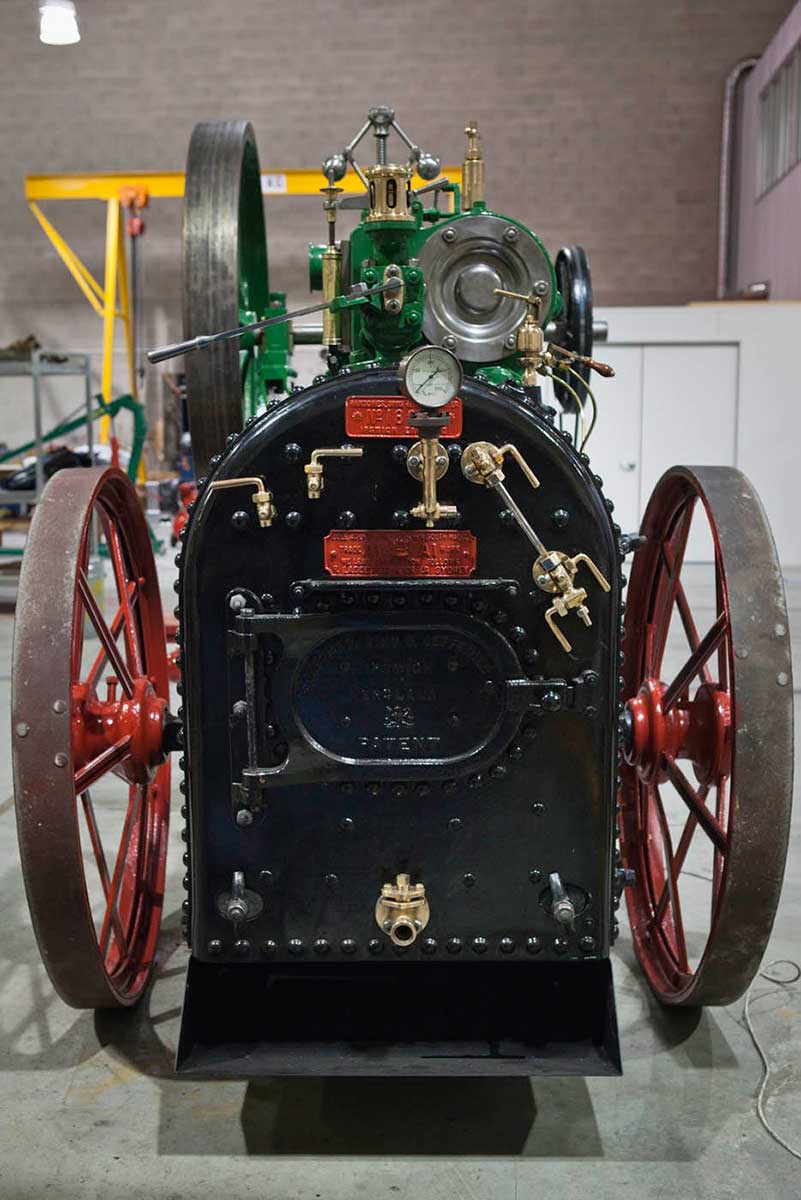
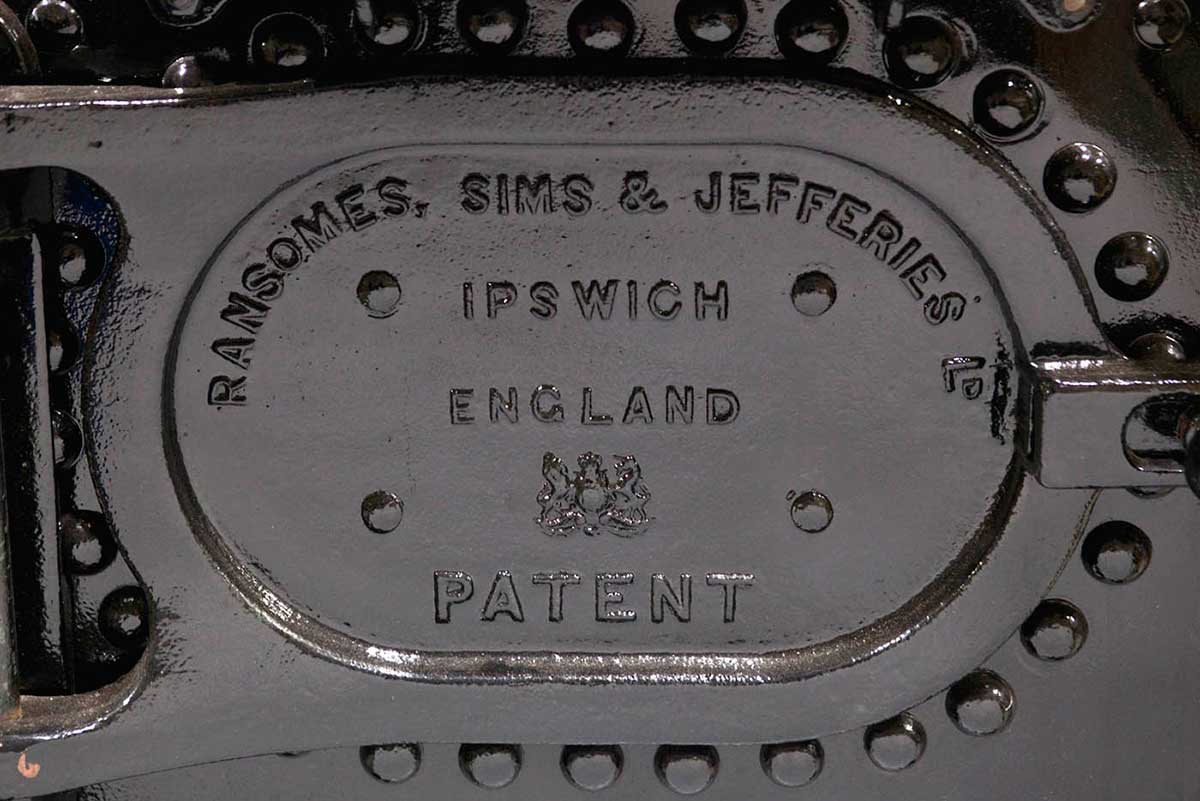
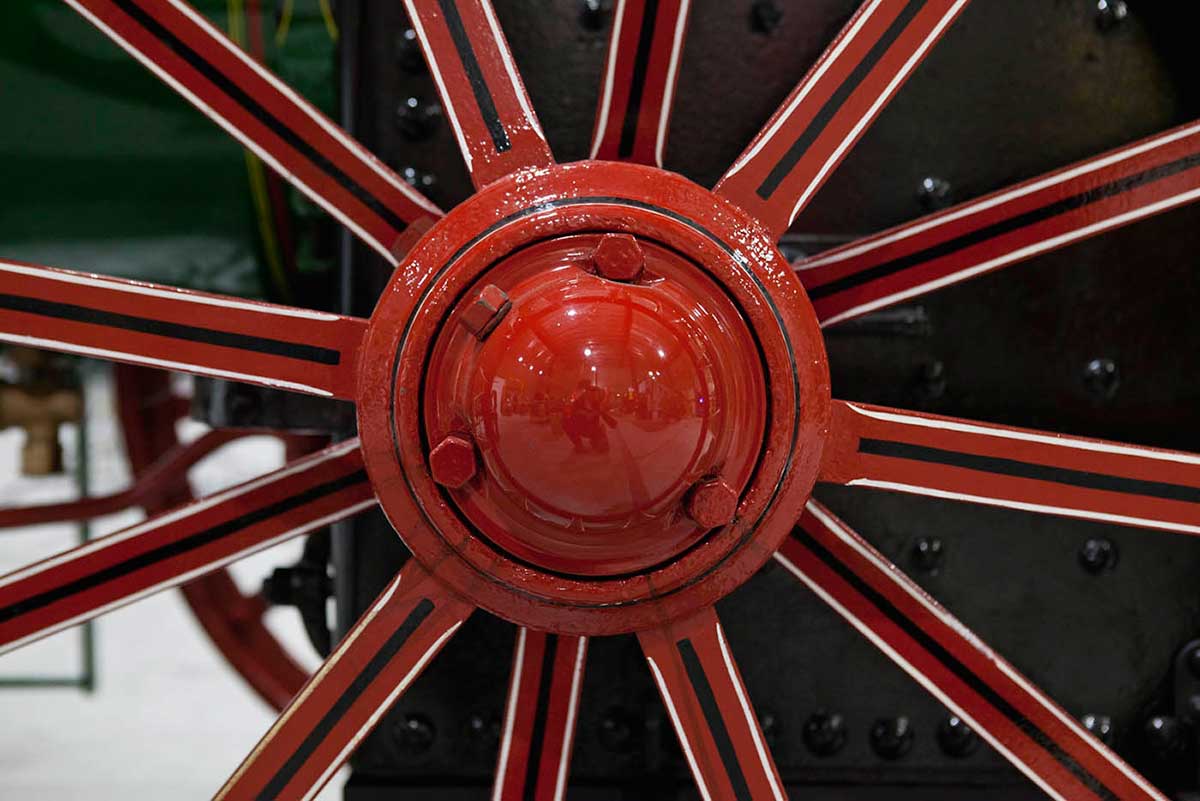
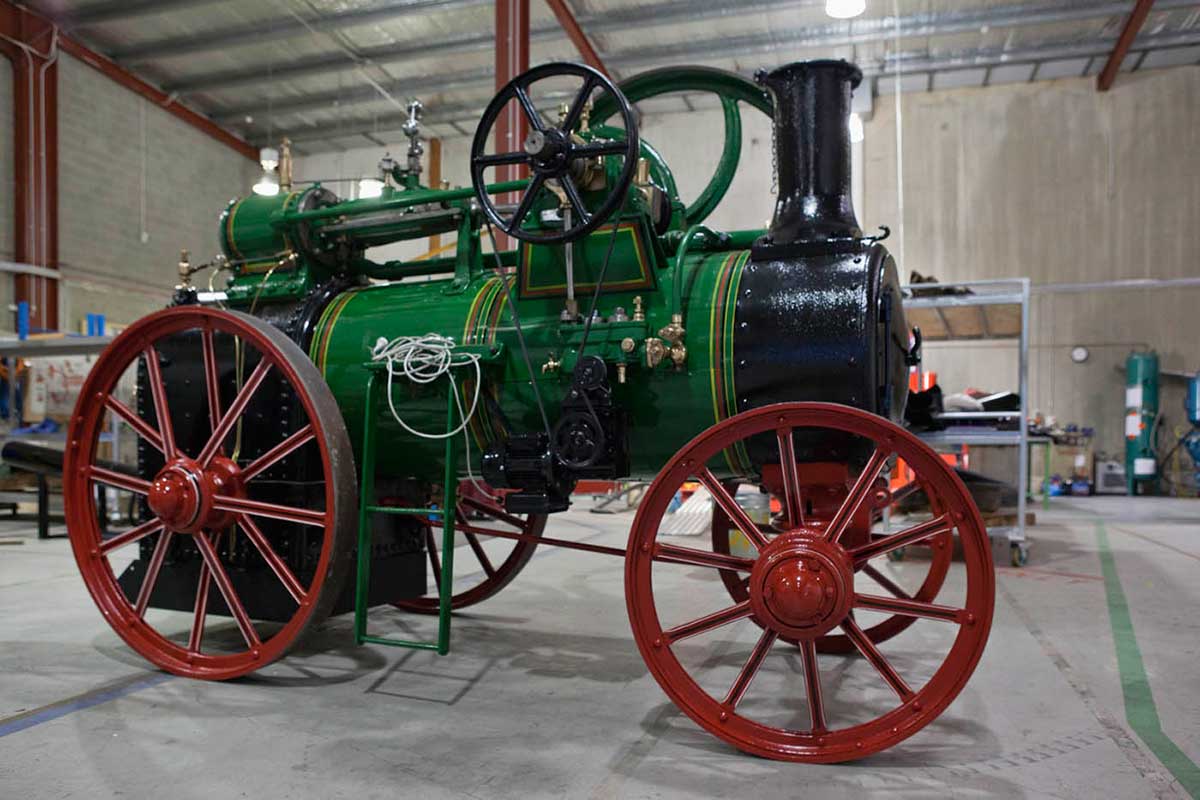
Ransomes engines
This engine was made by Ransomes, Sims & Jefferies at its Orwell Works in Ipswich, England, in 1905. Ransomes portable engines became an important part of the company’s international sales, with exports to developing industries in Australia, Russia, India and South America.
Ransomes developed a number of models with larger boilers and fireboxes to handle a variety of fuels including straw, peat and sawdust. The engines were designed to a measure of nominal horse power, or NHP, so that farmers could easily choose the model to suit their needs.
Restoration and activation
During 1981–82 the Museum commissioned the Canberra Society of Model and Experimental Engineers to restore the Ransomes, Sims & Jefferies portable steam engine to working order.
The restoration team, led by Stan Hennock, stripped the boiler, repaired broken and deteriorating fittings, including all the gaskets and gauges, and replaced missing parts, such as the chimney. They repainted the engine the company’s characteristic green, red and yellow, based on original colour scheme research by the University of Reading, England.
A small electric motor has been attached to the engine so that it can appear operational without the need for steam, while it is on show.
A rubber belt is looped over two pulleys, with the drive pulley attached to the motor and a larger pulley attached to the engine’s crankshaft extension. This simulates the engine’s regular motion, showing the flywheel, governor and pistons moving at three rotations a minute, much slower than the engine’s original operating speed of 150 turns per minute.
Ransomes engine conservation:
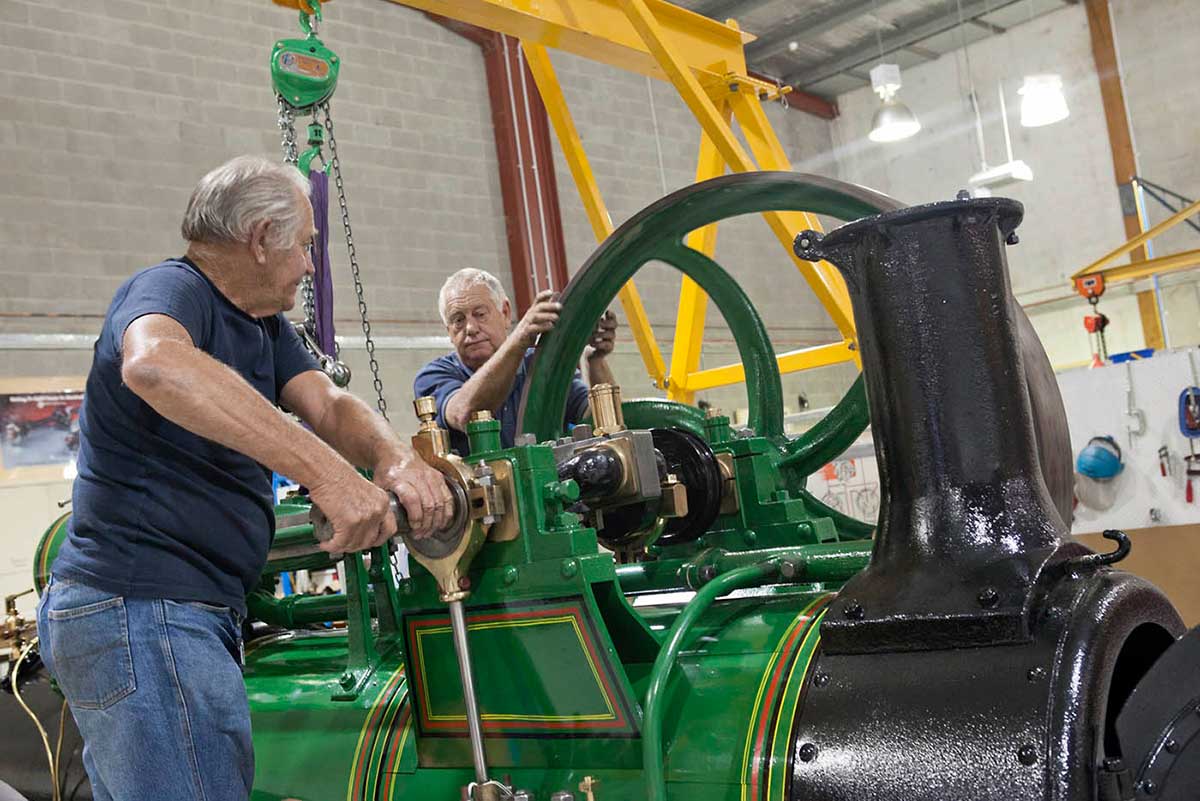
Working on the Ransomes, Sims & Jefferies portable steam engine
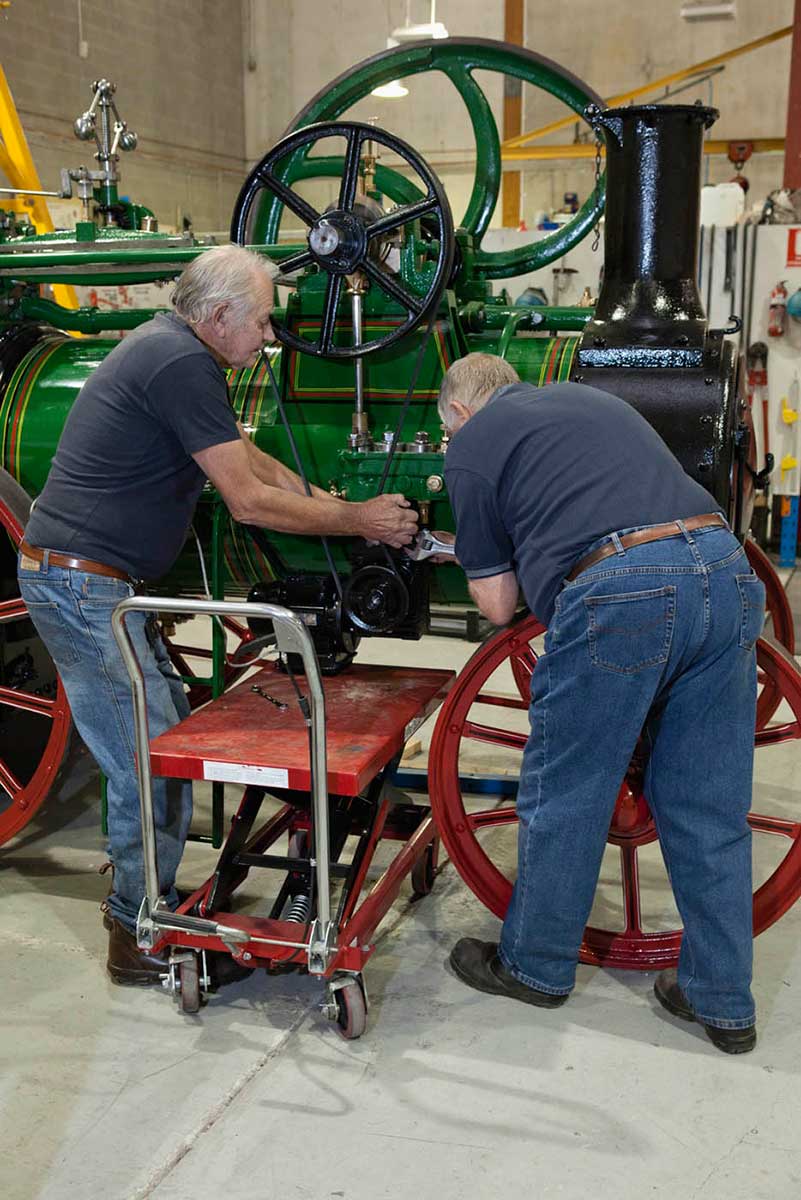
Working on the Ransomes, Sims & Jefferies portable steam engine
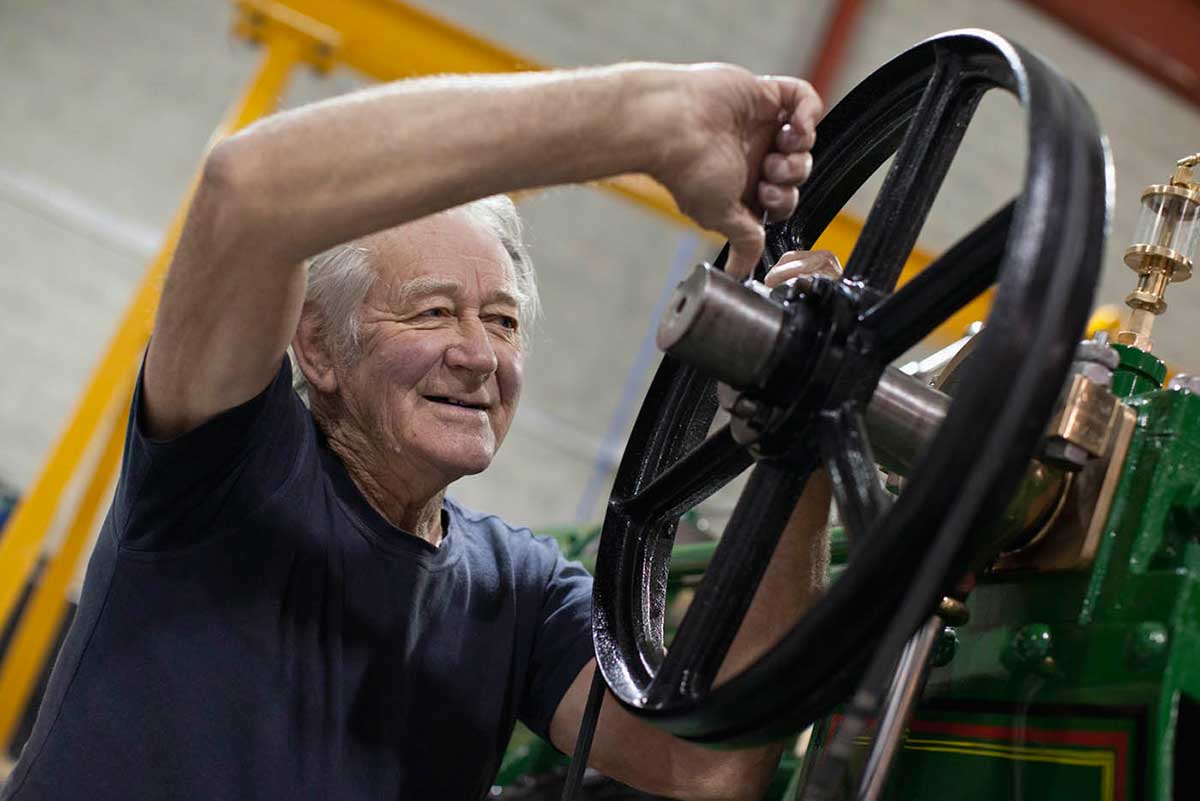
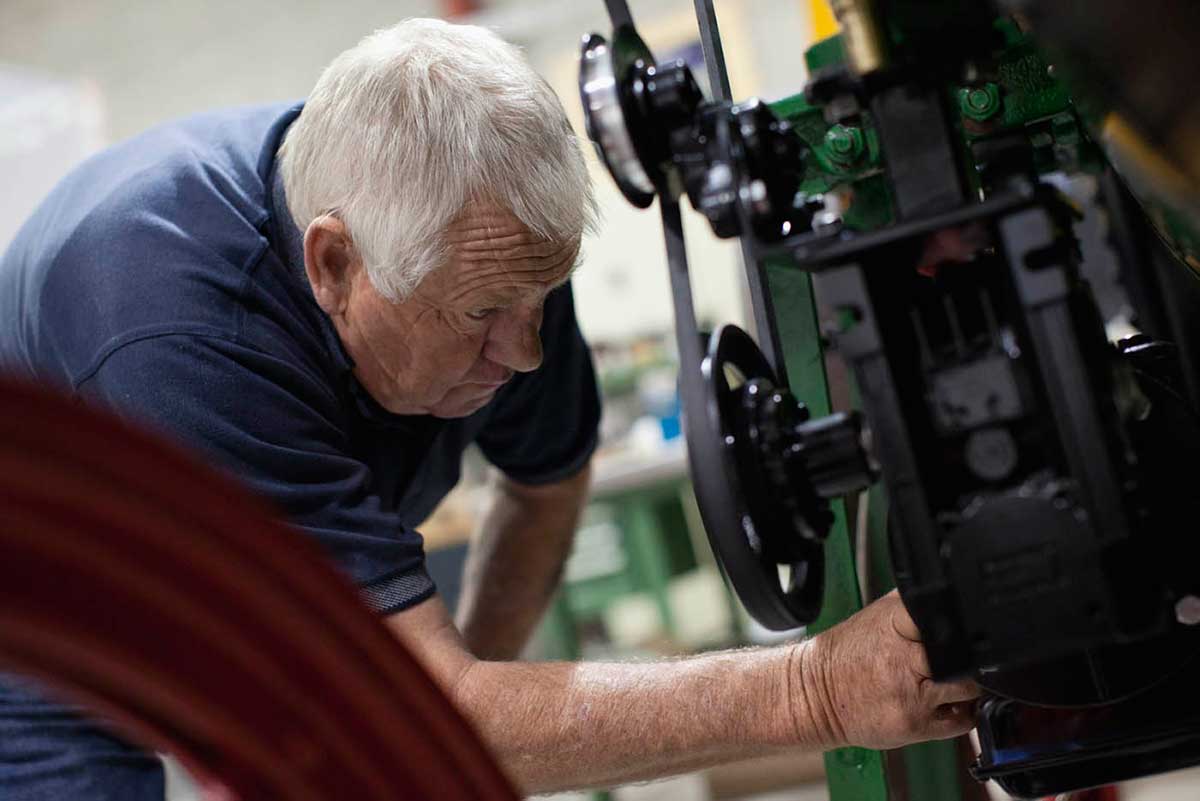
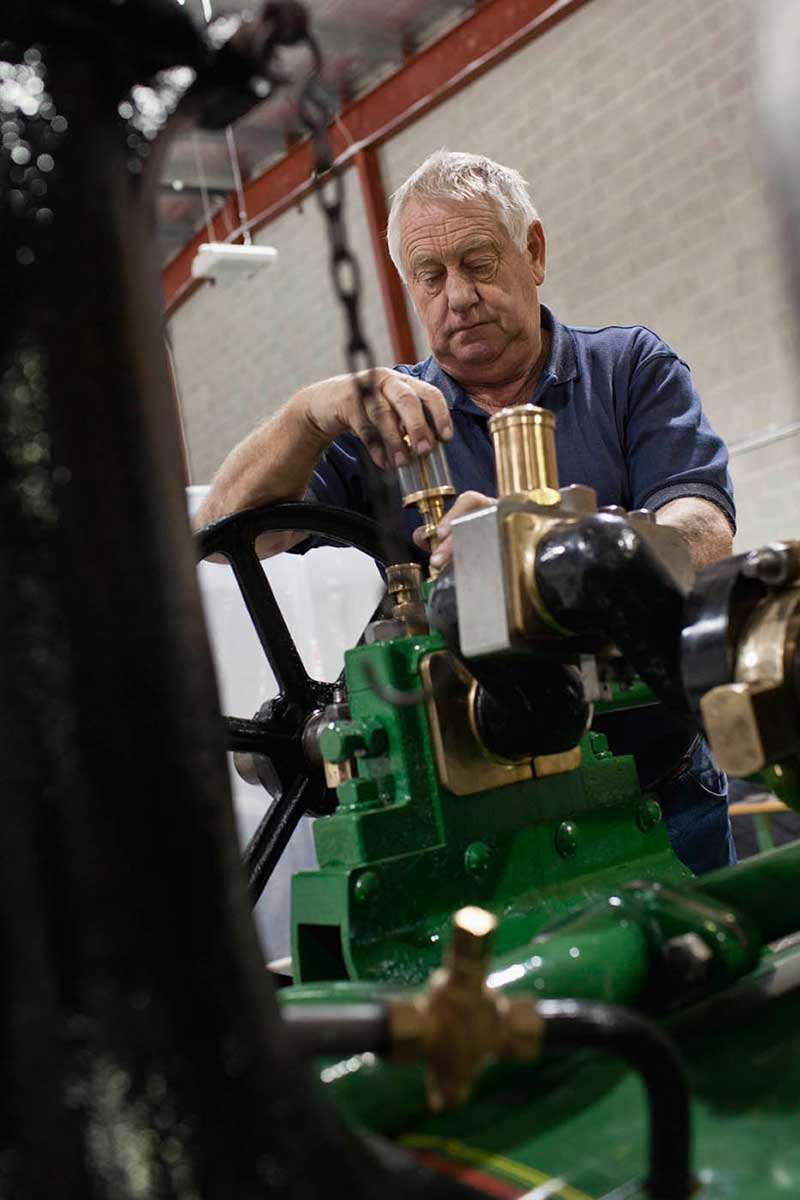
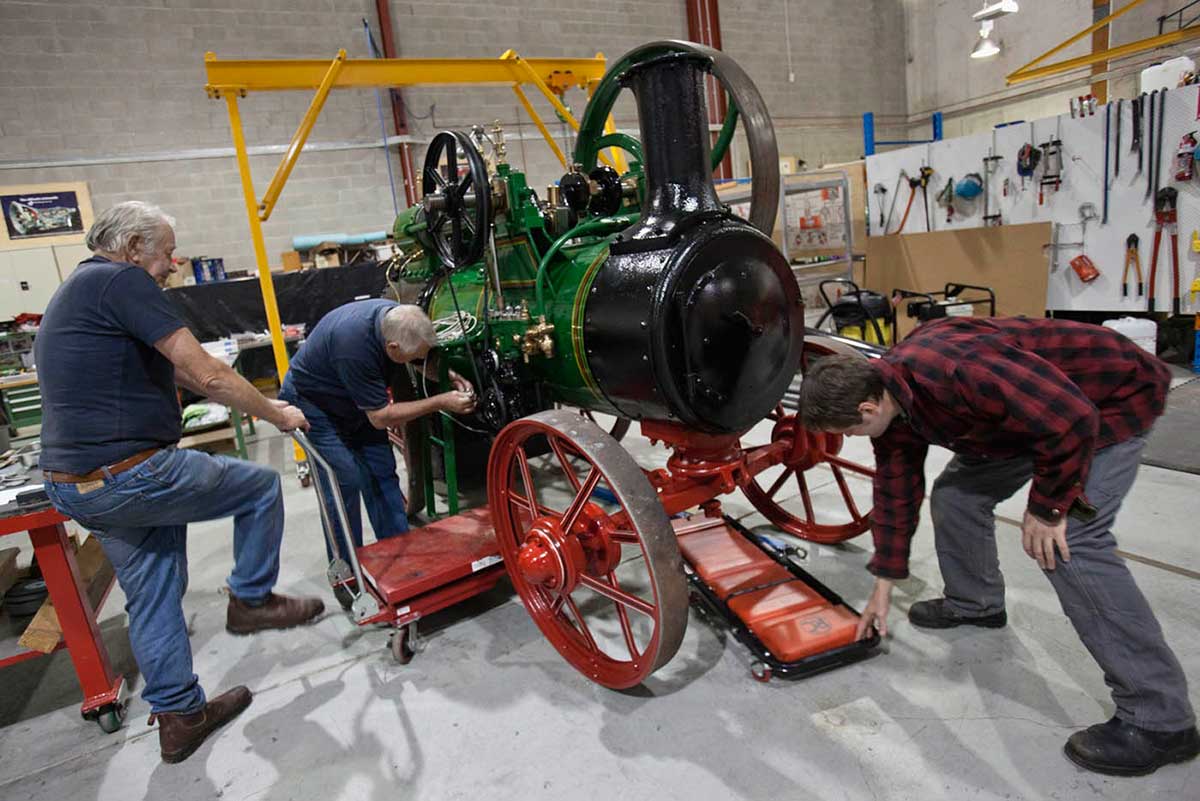
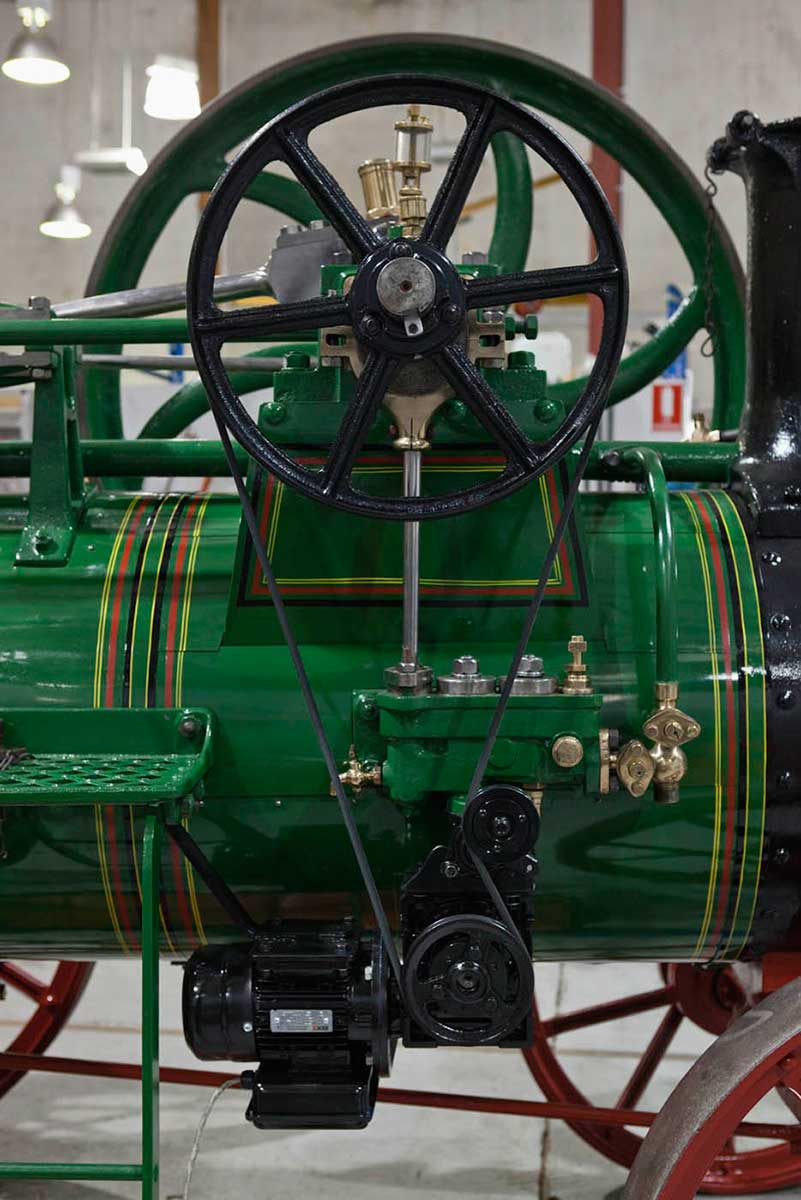
The Museum's engineering consultants Col Ogilvie and Ian Stewart developed the plan for simulating the regular action of the steam engine. They first tested the motion of the wheel, crankshaft, and pistons and decided how to adapt the engine for display in the Hall.
In our collection